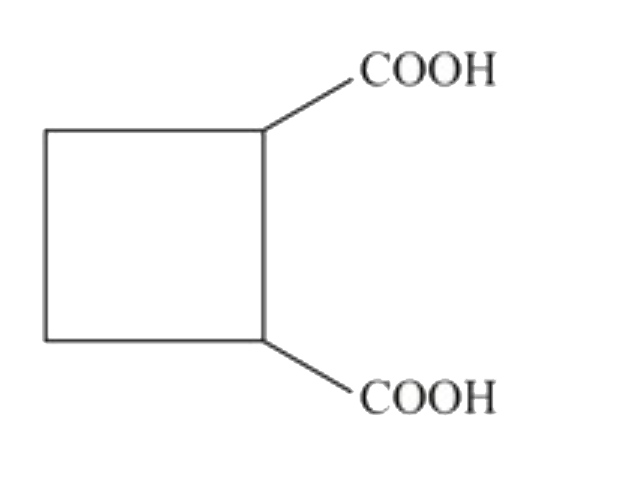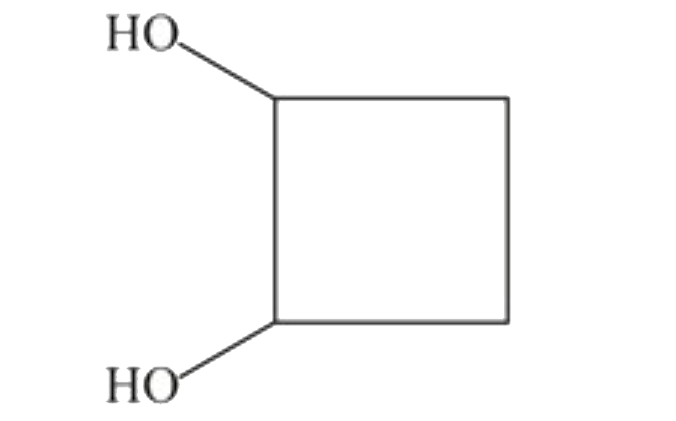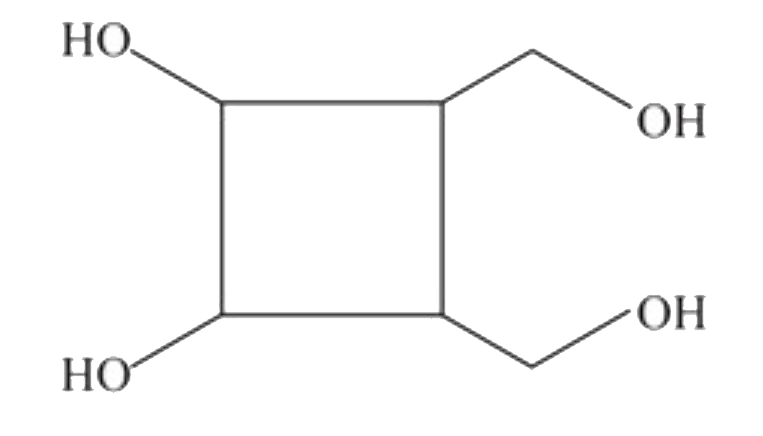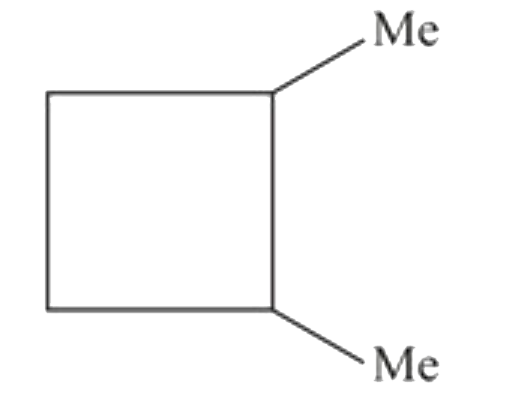A
B
C
D
Text Solution
Verified by Experts
The correct Answer is:
|
Topper's Solved these Questions
CELL CYCLE AND CELL DIVISION
ERRORLESS |Exercise Cell Cycle And Cell Division|181 VideosView PlaylistCHEMICAL COORDINATION AND INTEGRATION
ERRORLESS |Exercise Chemical Coordination And Integration|290 VideosView Playlist
Similar Questions
Explore conceptually related problems
Knowledge Check
Similar Questions
Explore conceptually related problems
ERRORLESS -CELLS - THE UNIT OF LIFE-Cells - The Unit Of Life
- Differentiation capacity of compunds microscope is
02:55
|
Playing Now - A mixture containing DNA fragments a, b, c and d with molecular weigth...
04:24
|
Play - A student wishes to study the cell structure under a light microscope ...
03:07
|
Play - Electron microscope is used for
02:28
|
Play - A magnification of upto 100 million times is possible in
03:05
|
Play - Resolving power of light microscope is
02:05
|
Play - Electron microscope has revealed the presence of or Which among the fo...
02:23
|
Play - Who invented the "electron microscope"
01:35
|
Play - Which of the following statement is/are true (A)The resolution power...
05:06
|
Play - 1 nm is equal to
01:25
|
Play - Resolving power of scanning electron microscope is
01:29
|
Play - Fluidity of bio-membranes can be shown by
02:41
|
Play - The dry weight of macromolecules like DNA, RNA and proteins can be det...
02:57
|
Play - The smallest size of a cell which can be seen with unaided eye is or d...
02:17
|
Play - Ultrastructure of cell can be best studied by
02:02
|
Play - Which one of the following statements is not true
05:10
|
Play - Electron microscope is based on principle of
02:57
|
Play - The resolving power of a compound microscope will increase with
03:12
|
Play - A major breakthrough in the study of cells came with the development o...
02:56
|
Play - With the increase in diameter of the rotor, the effective RCF (relativ...
03:11
|
Play



